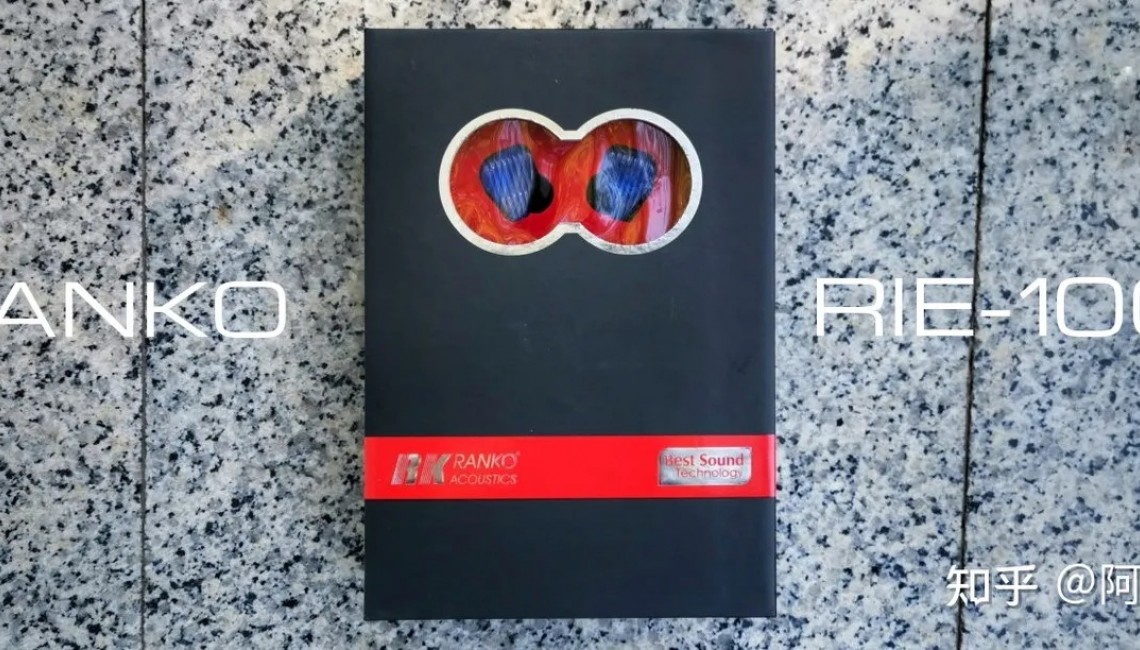
At first listen, it might be the somewhat realistic tuning style that leads to the R1K's relatively average spike elimination, combined with a stronger sense of energy, resulting in a bit more pronounced sibilance in the listening experience, noticeable especially in instruments like the snare drum and cymbals. This effect mirrors a live performance, where the cymbal sounds, for example, can be rather piercing. For files in MP3 format, such as Zhang Wanqing's "Inarticulate Words," the R1K's faithful playback might slightly amplify its shortcomings, so it's best to use better audio sources to drive the R1K. Additionally, when connected to the ATOM Pro, the high-frequencies of the R1K can appear a bit more harsh compared to the Xuelin 1969.
If you assume from this that the R1K doesn't treat female vocals well, you'd be completely off the mark. In fact, the R1K's high frequencies or overall sound quality offer something I'm particularly interested in–high transparency. It's important to note that I mean extremely transparent, as this becomes the R1K's biggest advantage, setting it apart from other earphones, and is something I personally really enjoy. This characteristic, to some extent, compensates for the R1K's smaller soundstage compared to the PLUS. The experience is quite paradoxical—specifically, the R1K's sound reproduction feels like being in a small theatre, with a certain "in-head" effect, close-up vocals, a full display of emotions, and a sense of realness, all while maintaining a good degree of density, smoothness, and sound separation which avoids the cramped feeling typical of many earphones. Instead, due to its high transparency, there's a strong sense of airiness, with the upper part of the sound being completely open, very spacious, firm, and atmospheric. Listening to SARAH ALAINN's "ANIMA" gives you the sensation of being lifted wave by wave, which is fantastic.
After a lengthy burn-in of at least 50 hours at high volume, the R1K undergoes some pleasing changes. The sharpness of the high frequencies diminishes significantly, retaining only the most acute sounds like "CiSi," rounding out the overall tone and softening the impact while maintaining its sense of energy. The musicality of the sound is noticeably improved, making it more balanced and enjoyable to listen to. And of course, with the addition of fantastic gold and silver alloy cables, the smoothness and informational content of the high frequencies are further enhanced, showcasing an even better performance, although the cost might be prohibitively high. In other words, the R1K requires quite a lengthy burn-in process, so it's best not to rush to conclusions after first use.
Mid-range: Still transparent, the best feature is the precise processing of the mid-range, avoiding concavity like the Shure SE846, and not being imbalanced like other dynamic driver IEMs. Listening to MJ's "Beat It" highlights this experience—where the introduction is powerful and strong, but when MJ's vocals come in, they remain clear. At the same time, the R1K's great dynamic range brings both vocals and music to life with excellent stereo imaging.
Listening to the double bass replayed by the R1K was quite unexpected. Audiophiles who have experienced live performances know that the deep bass of the double bass is the most shocking, and while most earphones exhibit some granularity when reproducing the double bass, they cannot produce a silky smooth sound like the violin, which is also a hallmark of double bass quality. However, the R1K's reproduction of the mid to low frequencies is remarkably smooth. This was my first time hearing the double bass reproduced with such subtlety - amazing. Personally, this may be due to the R1K's special processing to improve the transition between the two frequency bands of the dynamic driver, resulting in an incredibly smooth transition from the midrange to the low frequency range.
Bass: The R1K doesn't dive as deeply as some other earphones, but it has strong impact and a good sense of quantity. Slightly leaning towards the low frequencies on a balanced three-part EQ, it creates a great atmosphere for popular songs and even rock music, such as "BAD GUY" by Billie Eilish, where you can feel the breathing rhythm very well. Moreover, the lingering sound of the drum's percussive beats is quite impressive. This audio performance is quite noteworthy.
--------------- Click here for detailed post (originally in Chinese) ---------------


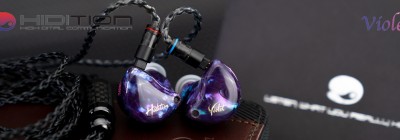



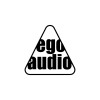





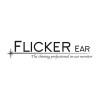
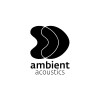


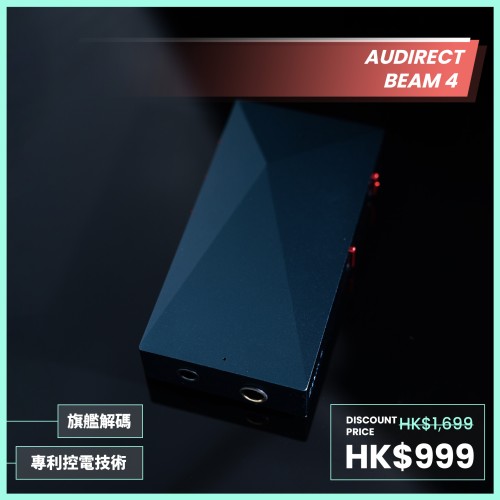
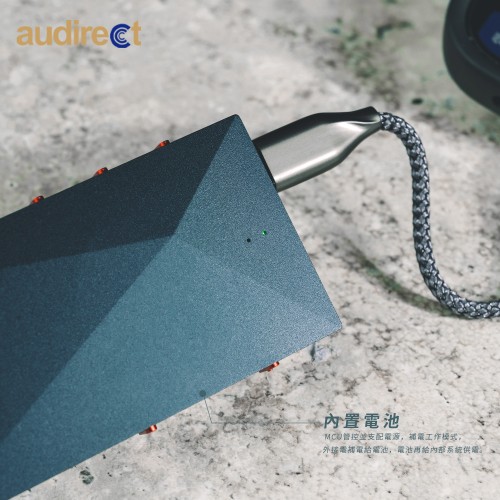
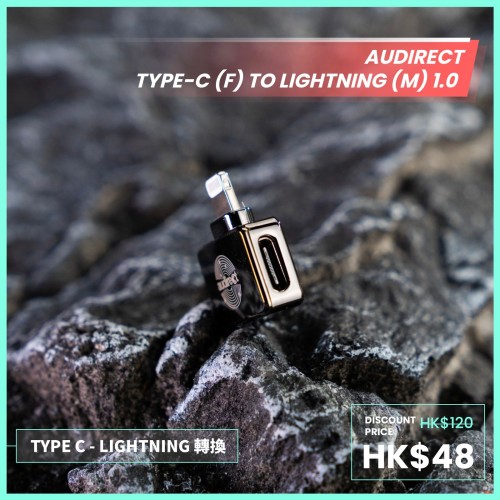
-500x500w.jpeg)




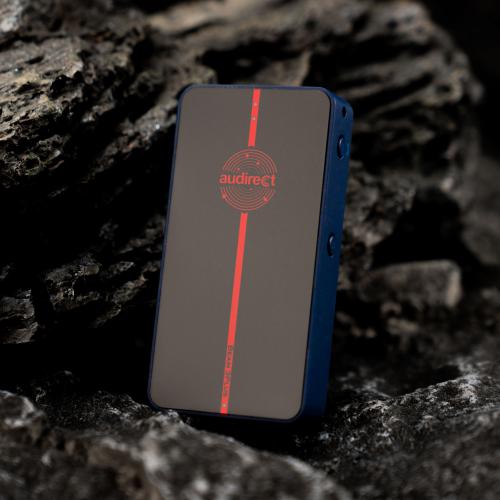
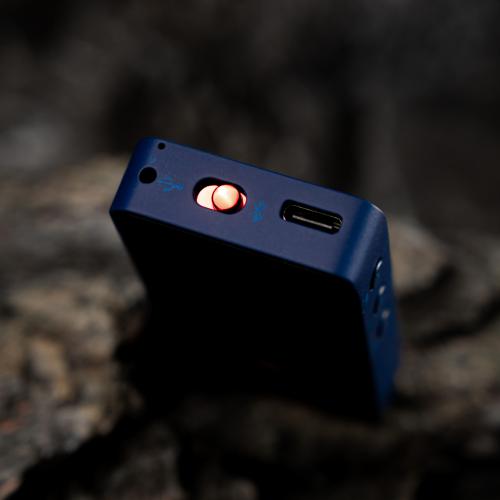

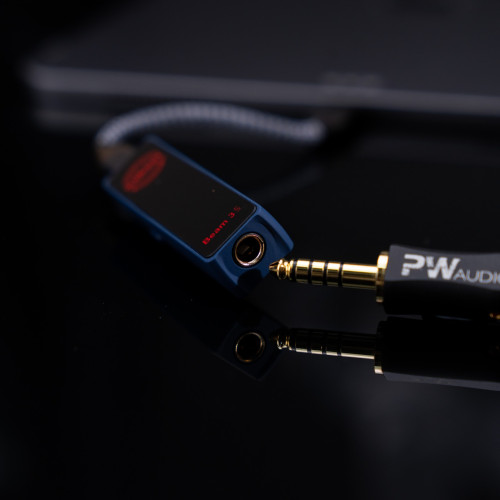
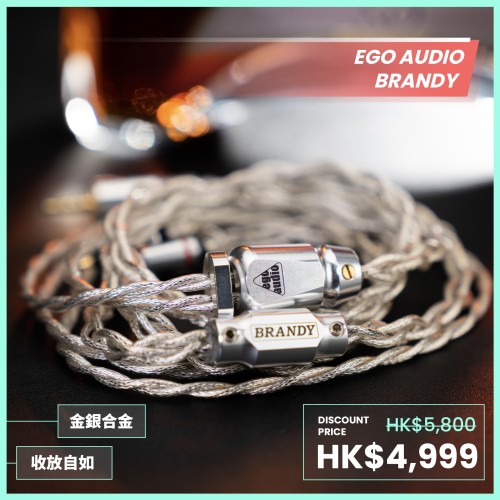

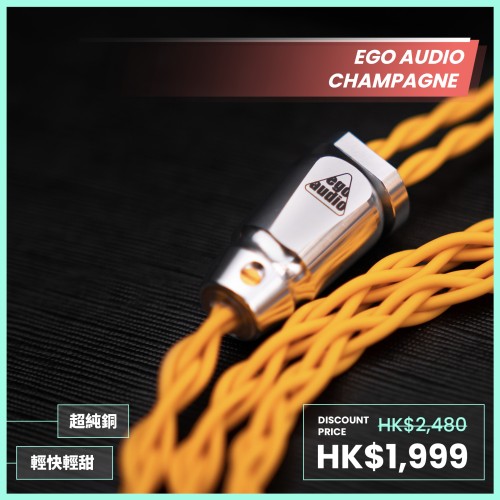

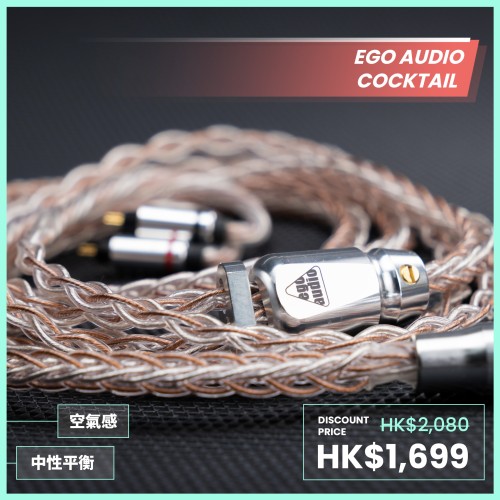

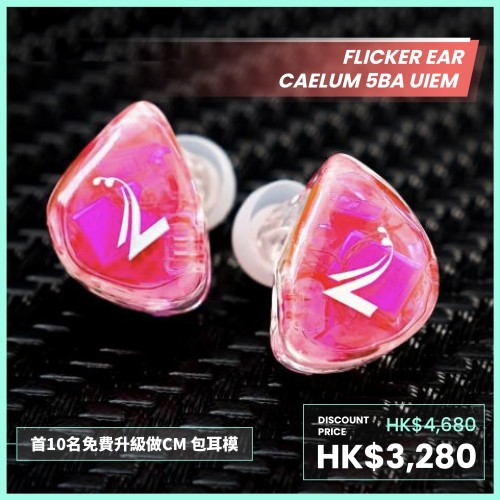

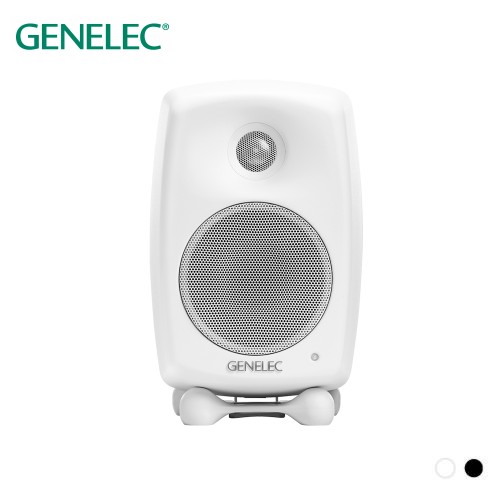
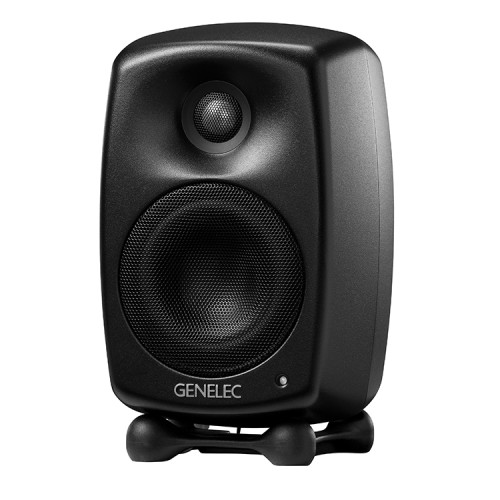
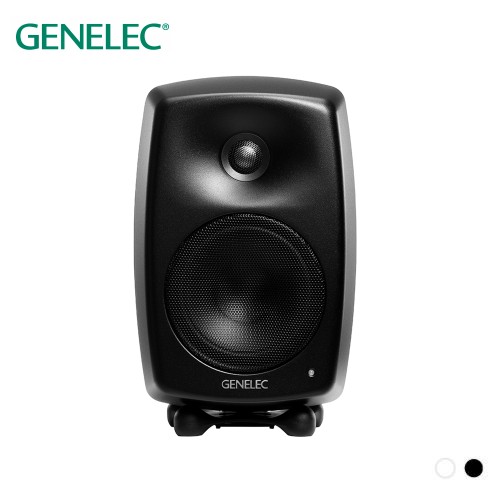
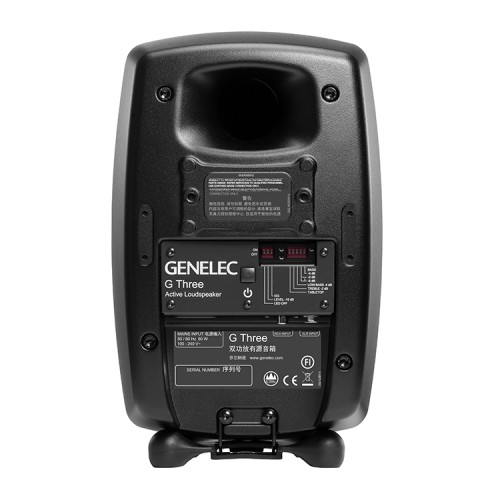
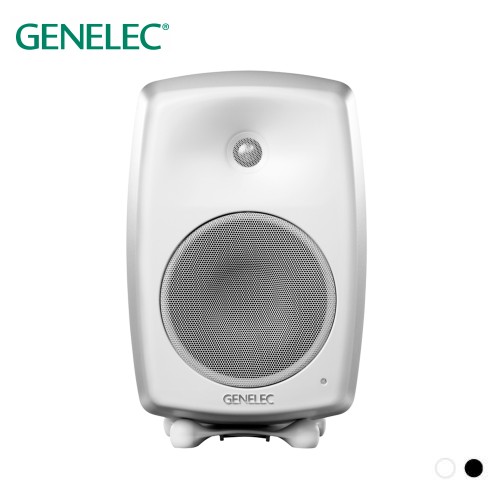
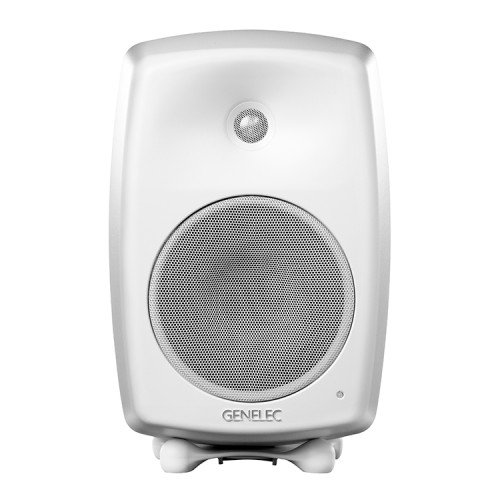
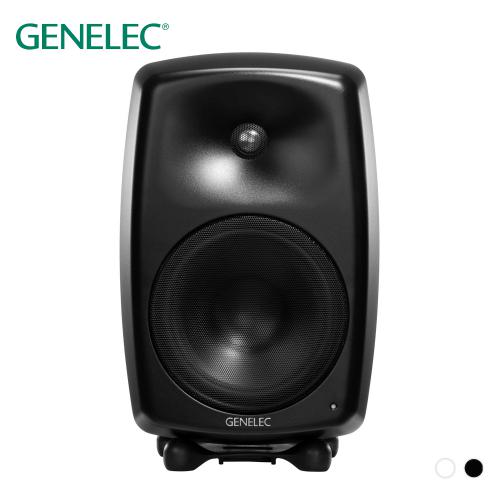
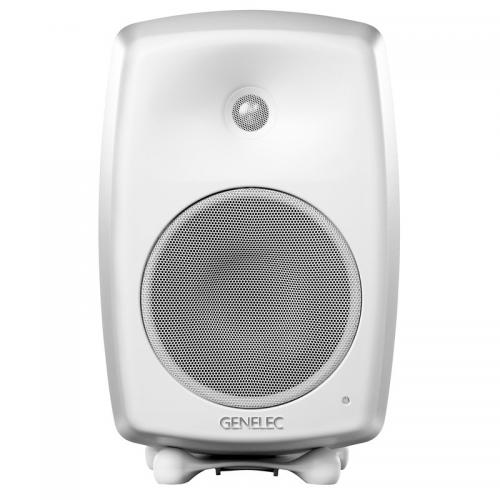
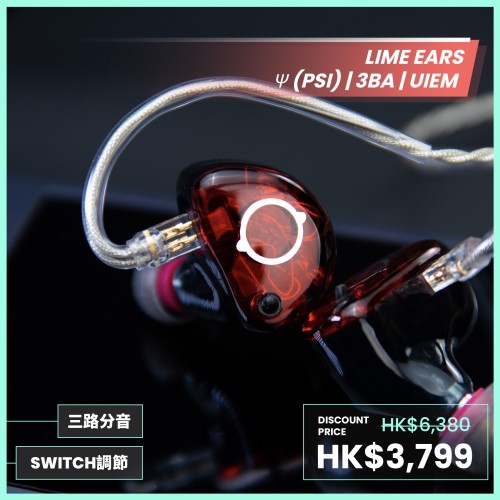


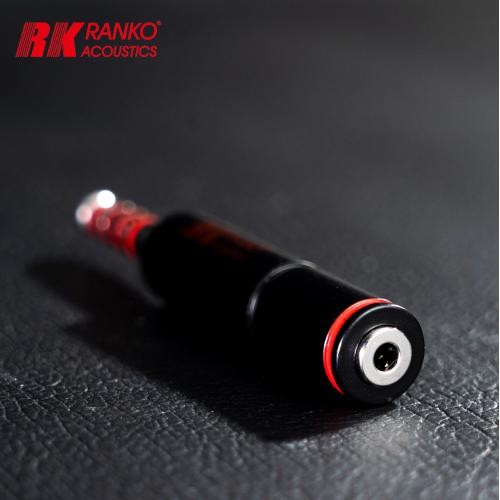

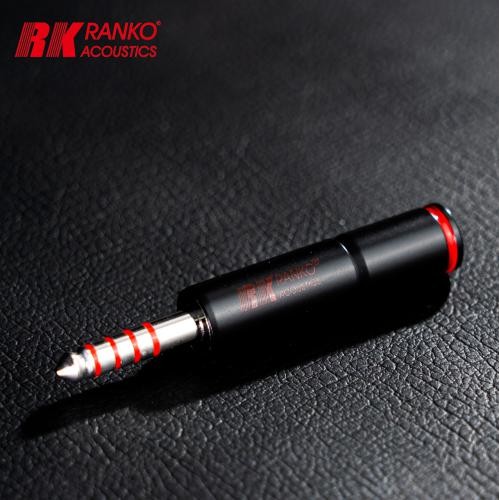

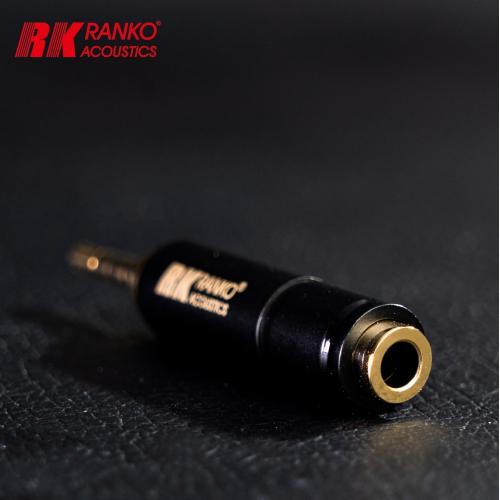




Leave a Comment